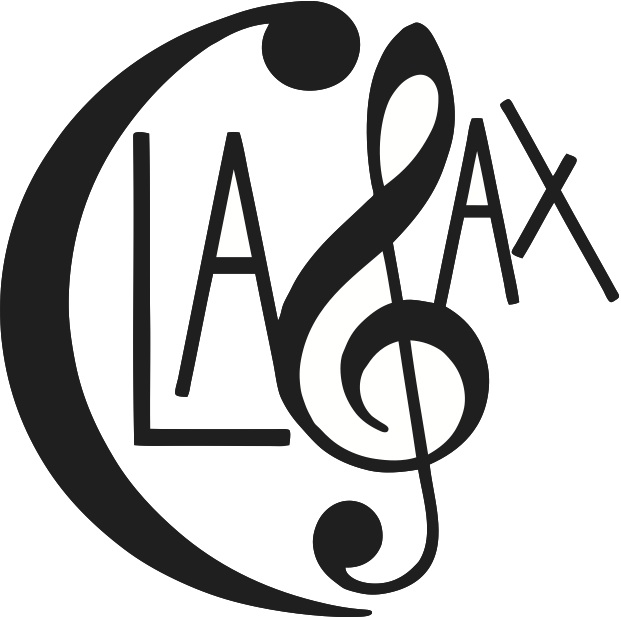Clasax Child Safety and Wellbeing Policy
Purpose of the Policy
The purpose of this Policy is to:
- outline the key elements of our approach to ensuring child safety and wellbeing;
- inform all Clasax members about their obligations to act safely and appropriately towards children;
- guide the practices that will enhance the safety and wellbeing of children across all Clasax activities, and
- facilitate the prevention of child abuse and minimise areas of risk across all Clasax activities.
Statement of commitment to child safety
Clasax is committed to promoting and protecting the safety of children. We have zero tolerance for child abuse and harm. All allegations and safety concerns are treated seriously and in accordance with CLASAX policies, appropriate legislation and legal frameworks.
Clasax aims to create a child-safe and child-friendly environment where children feel safe and have fun while enjoying and developing their skills in learning, listening and performing clarinet and saxophone music.
Clasax will achieve its commitment to child safety and wellbeing by implementing processes and procedures that support the 11 Child Safe Standards in force in Victoria. (See Appendix 1)
Scope of this Policy
This Policy applies to all people who engage in any Clasax activity, whether voluntary or paid. This includes Committee members, Clasax members, guest speakers, tutors, teachers, conductors, adjudicators, accompanists, and concert audiences.
This Policy applies to all Clasax activities that involve contact with children, such as VCE Masterclasses, the Performance Competition, concerts, rehearsals, workshops and Junior Clasax Day.
Responsibilities
The Committee is responsible for:
- Ensuring that this Policy is communicated to existing and new members of Clasax and any other individuals who participate in Clasax activities;
- Reviewing this Policy every three years and updating it as needed;
- Ensuring that processes and procedures are put in place to implement this Policy;
- Reviewing any concerns or allegations of child abuse that are brought to its notice and informing the appropriate
All Clasax members are responsible for:
- Supporting this Policy;
- Contributing to and supporting a child-safe environment;
- Reporting any concerns or allegations concerning child safety to the CLASAX President for appropriate action.
Definitions
Definition of key terms used in this Policy include the following:
- Child – any person under the age of 18 years
- Abuse – all forms of physical abuse, emotional abuse, sexual abuse and neglect.
- Clasax activities – include, but are not limited to, VCE Masterclasses, the Performance Competition, concerts, rehearsals, workshops, Saxophone days and Junior Clasax Day.
- The Committee – consists of the President, Vice-Presidents, Secretary, Treasurer and ordinary committee members.
- Clasax members – those who subscribe to Clasax annually and life members.
Relevant legislation and standards
- The United Nations Convention on the Rights of the Child.
- The Child Wellbeing and Safety Act 2005 (Vic)
- The Reportable Conduct Scheme. CCYP | For organisations
- The Child Safe Standards outlined by the Commission for Children and Young People.
Access to the Policy
This Policy can be accessed publicly on the Clasax website.
Policy status and review
Approved and adopted by the Management Committee 20 October 2024
Date for next review: October 2027
Responsibility: Secretary
Appendix 1 Child Safe Standards
Victoria’s Child Safe Standards began in Victoria in January 2016. They are a set of mandatory requirements that ensure organisations have systems, policies, and practices in place to keep children safe from abuse and harm in organisational settings.
The Standards are compulsory for most organisations, businesses or groups that work or volunteer with children in Victoria. Each Standard is expressed as a statement of an expected outcome that organisations must achieve.
CLASAX is committed to upholding and complying with the 11 Child Safe Standards.
More information can be found at CCYP | The 11 Child Safe Standards
| Standard 1: Organisations establish a culturally safe environment in which the diverse and unique identities and experiences of Aboriginal children and young people are respected and valued |
| Standard 2: Child safety and wellbeing is embedded in organisational leadership, governance and culture |
| Standard 3: Children and young people are empowered about their rights, participate in decisions affecting them and are taken seriously |
| Standard 4: Families and communities are informed and involved in promoting child safety and wellbeing |
| Standard 5: Equity is upheld and diverse needs respected in policy and practice |
| Standard 6: People working with children and young people are suitable and supported to reflect child safety and wellbeing values in practice |
| Standard 7: Processes for complaints and concerns are child-focused |
| Standard 8: Staff and volunteers are equipped with the knowledge, skills and awareness to keep children and young people safe through ongoing education and training |
| Standard 9: Physical and online environments promote safety and wellbeing while minimising the opportunity for children and young people to be harmed |
| Standard 10: Implementation of the Child Safe Standards is regularly reviewed and improved |
| Standard 11: Policies and procedures document how the organisation is safe for children and young people |
